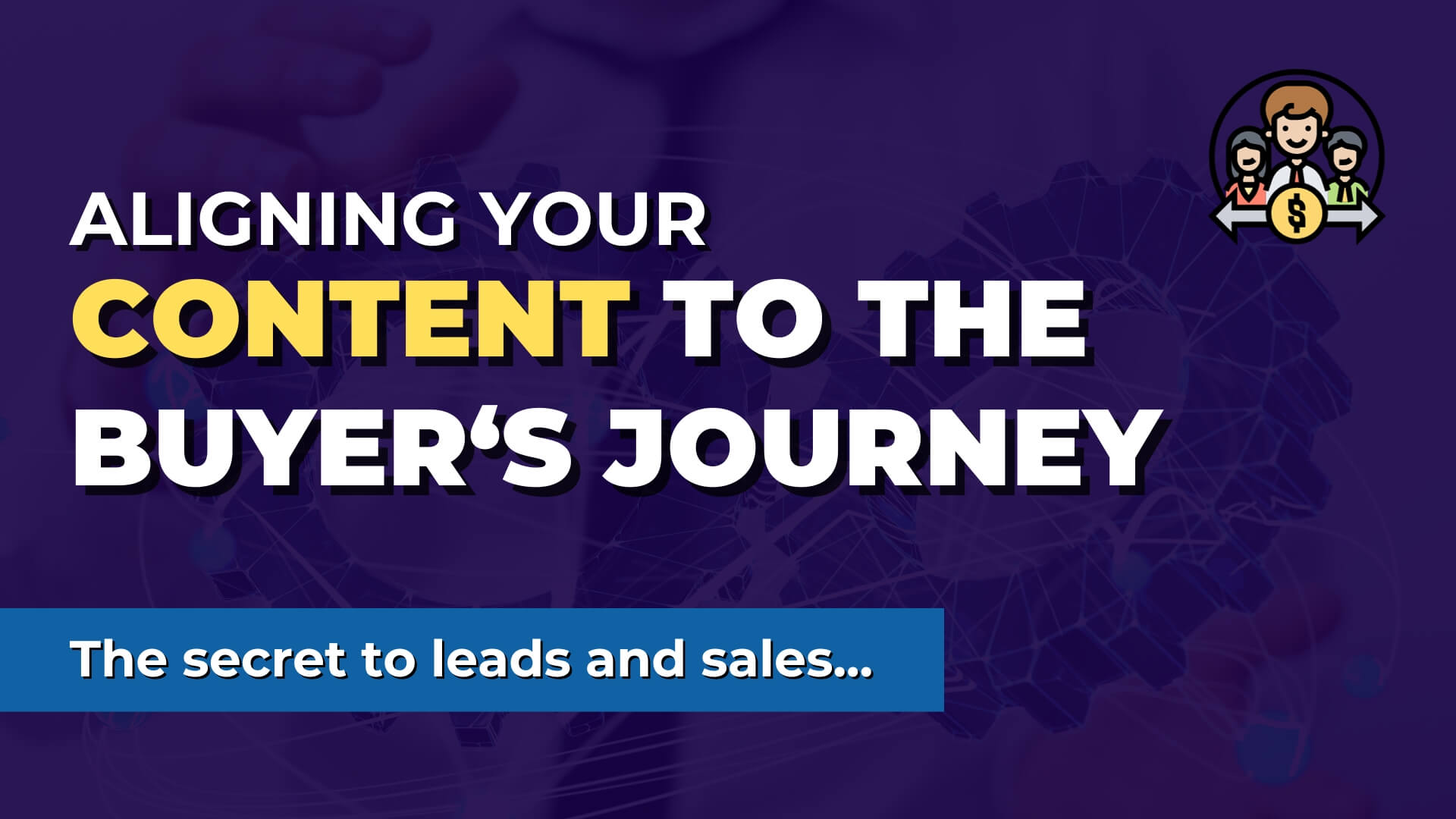Aligning your content to the buyer’s journey (the secret to leads and sales)
To create content that generates leads and sales, you have to understand the buyer’s journey.
Most creators and solopreneurs publish one-size-fits all content, hoping that each piece will address new and existing audience, low and high-ticket customers, etc.
If you don’t align each piece of content to specific segments of your audience and where they are in the buyer’s journey, your content marketing will fail.
David Ziebmbicki, Expert Business Agency
This week as I was preparingto deliver a master class, the top challenge mentioned by people registering was not knowing what type of content helps generate leads and sales.
(Free replay here: How to publish content at scale that generates leads and sales.)
The Buyer’s Journey
Part of the answer is the classic marketing concept of the buyer’s journey. These are the common stages:
- UNAWARE: Unaware they have a problem
- PROBLEM AWARE: Aware they have a problem
- SOLUTION AWARE: Aware their are solutions to the problem
- PROVIDER AWARE: Aware their are providers with a solution
- CUSTOMER: Customer of a provider
As you have seen in previous content of mine, I also talk a lot about the stages of Attract, Convert, and Ascend:
- Attract new audience
- Convert existing audience leads / entry level products
- Ascend existing customers to flagship programs
Target ONE stage of the buyer’s journey?
A key lesson of our content system is that specific types of content may work great for one stage but may be completely ineffective for the others.
As an example, if you are a business coach, a piece of content like “5 reasons why a business coach can help you increase profits” would be a good fit for the problem aware audience (i.e. a business owner who isn’t hitting their profit goals).
But that content will be a complete miss for someone that is provider aware.
They already know they have the problem, that there are solutions, and they have found solution providers (other business coaches) to consider already.
For that provider aware audience segment you need to make sure they know you can solve their specific problems and why you are the best choice.
Content like case studies, testimonials, comparisons, behind the scenes with you, are much more helpful since they are in the stage of deciding between their options.
That example alone shows that it’s not going to be possible for a given piece of content to address every segment of your audience.
So what do we do?
A new model for content planning?
I’ve taught and written about aspects of this before, but this week a new concept clicked that I don’t think I’ve seen discussed anywhere else.
At first I thought my three stages (attract, convert, ascend) were just a different version of the same buyer’s journey and that I should just pick one or the other.
But then I re-looked the terms and realized a significant difference: stages vs goals.
The buyer’s journey are stages like problem aware. My framework is actions (attract, convert, ascend.)
Right then a vision popped into my head of a simple matrix with the buyer’s journey as the columns and my framework tiers as the rows.
Are the two models redundant?
At first I still thought these were redundant but then another insight hit:
Different people come into our audience at all of the different stages and tiers in the buyer matrix.
Each person’s path isn’t linear, it basically flows left to right then carriage returns like a typewriter.
If they are starting in attract / unaware we need to help them progress left to right so they become aware we have the solution to their first problem.
At that point they jump down to convert by opting into a lead magnet or buying an entry level product.
At that point, the buyer’s journey resets as they may be unaware they have a bigger problem that out flagship program addresses.
So they progress through the buyer’s journey again at that tier.
This is a better match for real life.
It explains why there isn’t a simple linear path and why it takes many different touch points with each person before they move to the next stage of awareness within a tier and when they take action to move between tiers.
What’s the take away?
For each piece of content, we should laser target it on one tier of our audience (ex. Convert) and moving them from one stage of the buyer’s journey to the next.
Here’s what this looks like.
Real world example
Notice that in my newsletter and videos for the last 6 weeks I’ve been talking all about how and why to create content at scale to generate leads and sales.
I’ve been targeting my problem aware audience (those of you who know you want to create more content to generate leads and sales but don’t know how).
For the folks in the Attract tier of my audience, my content and social posts were designed to get new people into my audience and to opt in (move to convert).
So they moved left to right in Attract by seeing they had a problem, seeing my content/masterclass might be a solution, and then choosing me as a (provider) of a possible answer and opting into my newsletter or master class.
At that point, they converted and are in the next tier.
Now, the cycle starts again.
In the masterclass, the audience is problem aware and I need to move them to being solution aware (i.e. that there are strategies, systems, tools, team to help them create content at scale).
Then I need to get them to provider aware, i.e. knowing that my agency provides done-for-you services to do most of the work for them.
A masterclass or webinar is a much longer form piece of content so you can move people through the entire journey for that tier.
Is the journey the same for everyone?
This sounds linear, but realize people may come into your world at any stage or tier and people can pause at any stage or tier.
There are people in my audience who haven’t seen any of the above yet because they were busy or missed it.
There are others that have opted into the newsletter or lead magnets but not the masterclass.
There are folks who watched part but didn’t see my offer at the end.
And so on.
My audience matrix has people in every stage and tier.
Over time, I need to continuously create content that moves people left to right within their tier, then top to bottom between the tiers.
What stage and tier should you focus on?
The answer depends on your stage of business. If you are just starting and need revenue and cash flow now, then you want to focus on the tier and stages closest to your flagship program.
This is your warmest audience: anyone who is provider aware of your flaghship program.
At the other end of the spectrum, if you’ve been in business for a couple years maybe you have launched many times to your audience and already converted most of them.
In that scenario, you’d want to focus more on the attract tier and expanding your audience.
Why a high volume of content helps
If you do put in place a content engine like I talk about where you can be publishing 100s of pieces of content a month, then you can have your cake and eat it to.
Meaning you can create multiple pieces of core content every month where each is designed for a specific tier and stage.
Your audience will self-select the content most relevant to them.
This way you can steadily attract new audience, convert others to customers, and ascend customers to your flagship programs.
Take Action
These concepts are hot off the presses and this past week’s master class was the first time they’ve been taught so you should definitely check it out:
- Watch the free replay while it’s still available
- Learn how you can get 1:1 coaching from me AND my team working for you to start your content engine.

David Ziembicki
David Ziembicki is the founder and CEO of the Expert Business Agency, which helps coaches, course, and membership creators build their online businesses. David has been an industry-leading technology and business consultant for over 25 years having worked at Microsoft, Deloitte, SAIC, and Avanade.

